This post is also available in: German
- The Cruising Chauffeur not only gives the driver a break, but also ensures safety if the driver is unable to take control of the wheel.
- If the person at the wheel fails to take over, the Cruising Chauffeur stops the vehicle with a minimum risk maneuver.
Frankfurt, Germany, July 13, 2017. Highly automated driving on highways is no longer just pie in the sky. Continental started testing systems like this on public roads back in 2012 in the U.S. state of Nevada. The technology company now has a global fleet of development vehicles in Germany, the U.S.A., Japan and China. The Cruising Chauffeur function gives vehicles the ability to take over the driving task on highways in accordance with the national traffic regulations. Part of the division of tasks between the driver and the vehicle is that the driver takes over driving again at the end of the stretch of the highway. This handover is initiated by a specially developed human machine interface that is also being tested in the vehicles. And even if the driver fails to respond when prompted to take over – for health reasons, for example – the vehicle is able to stop safely automatically. This is done using the so called minimum risk maneuver, in which the vehicle identifies where there is space to stop safely and automatically heads for this place. This function will be part of the Cruising Chauffeur when it is ready for production in 2020.
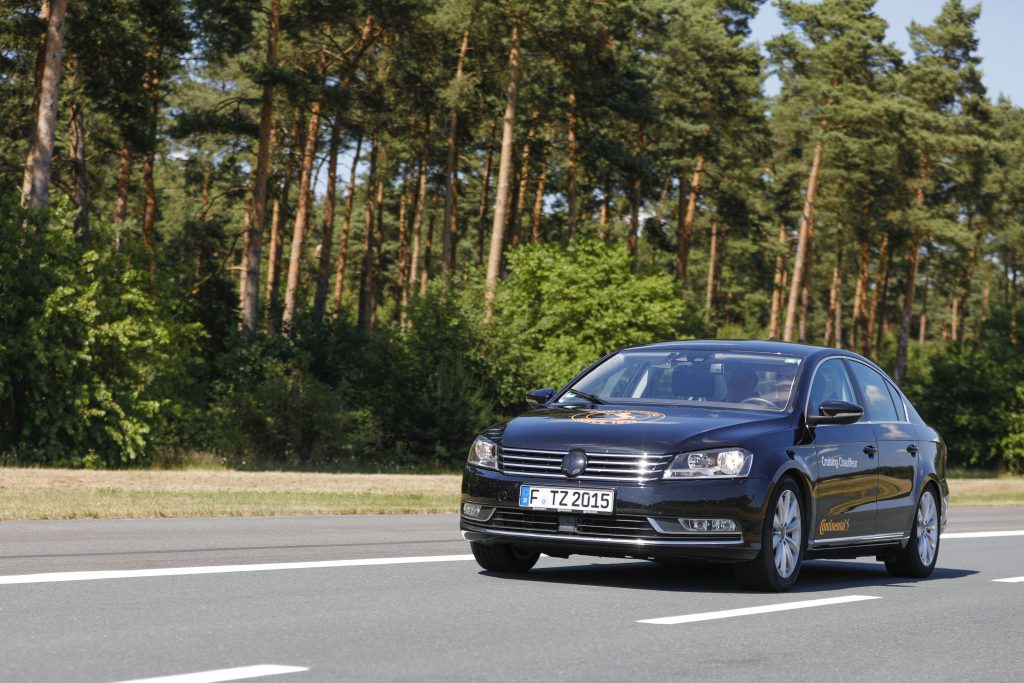
“The Cruising Chauffeur brings a twofold benefit when it comes to safety,” said Ralph Lauxmann, Head of Systems & Technology in Continental’s Chassis & Safety division. “Firstly, automation avoids human error in regular operation while also offering a comfortable ride. Secondly, the Cruising Chauffeur includes an additional fallback mode that conventional vehicles do not have. If the driver is no longer able to take control of the wheel again, for whatever reason, then the Cruising Chauffeur nonetheless brings the car to a stop safely.”
If the driver fails, “plan B” kicks in
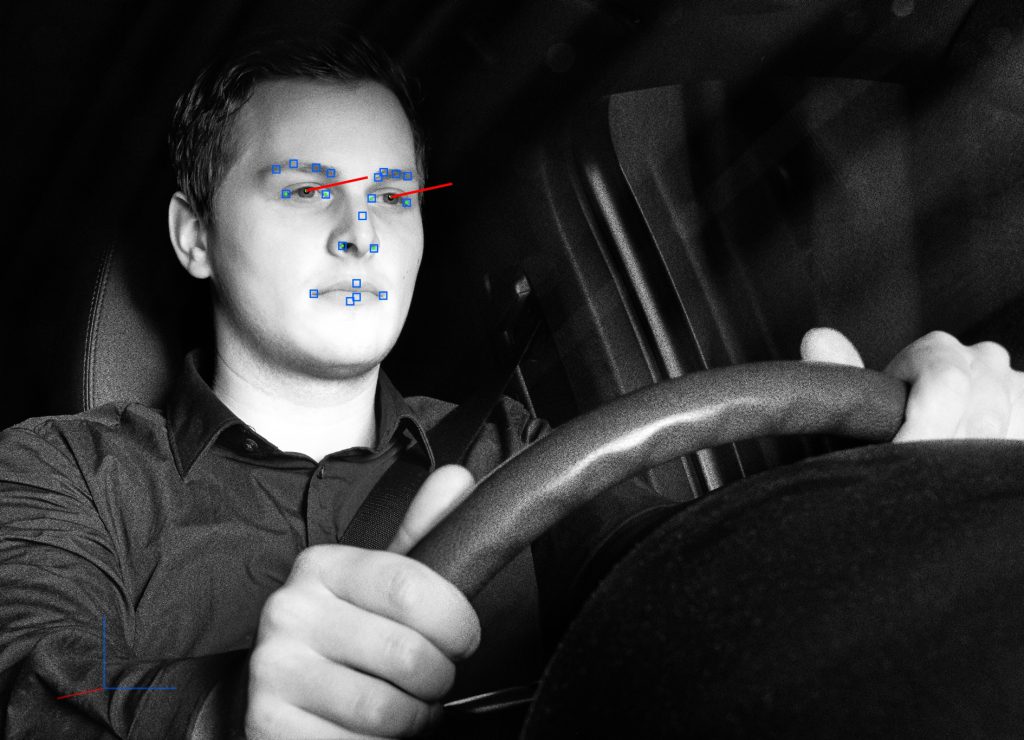
Drivers may not like to hear it, but the biggest risk of road accidents is and remains human behavior. This is responsible for around 90% of all accidents. For this reason, automated driving represents an important step on the path toward Vision Zero – the goal of road traffic without fatalities, injuries or accidents. The Cruising Chauffeur can take over the task of driving on the highway. The driver decides whether it does so either on a partially automated basis, whereby the driver still has to monitor the system, or in the near future in a highly automated form in which the driver can turn their attention to other activities.
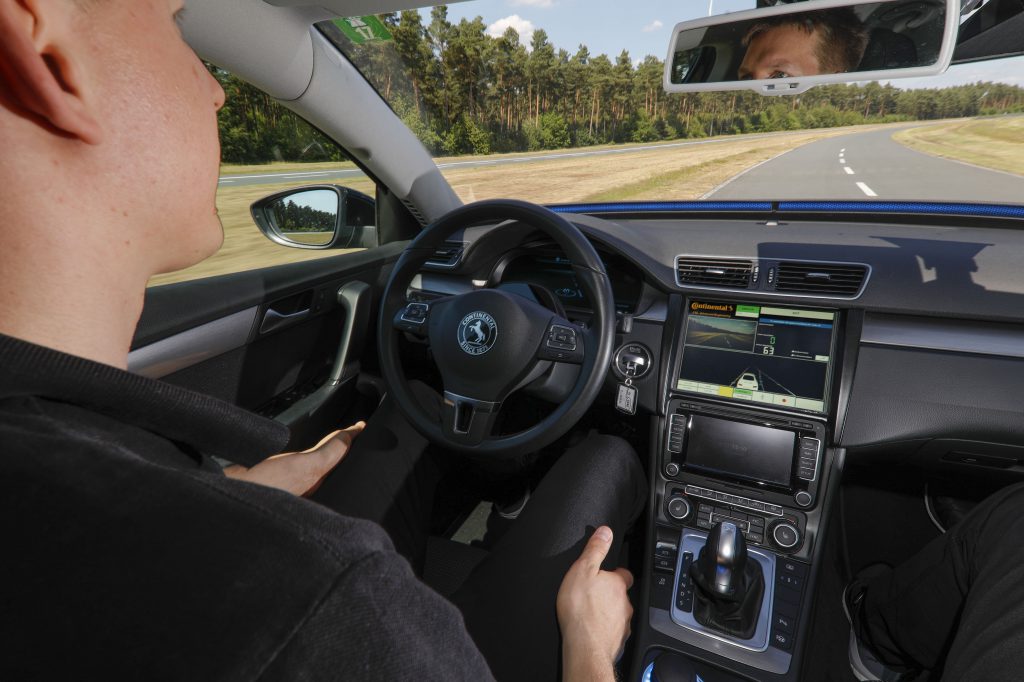
When the Cruising Chauffeur is activated, the data from vehicle surroundings sensors such as cameras, radar and LiDAR are analyzed in a central control unit known as the Assisted & Automated Driving Control Unit (ADCU). The Cruising Chauffeur’s algorithms use this to develop a 360-degree model of the vehicle’s surroundings. Combined with a high-resolution map, this includes all moving and static objects as well as the course of the road and the lanes. The vehicle’s own position in this model is determined precisely on a continuous basis. On this basis, the algorithms can identify areas that can be used safely by the vehicle in line with the traffic regulations and can head towards these areas as part of the task of driving. This enables the Cruising Chauffeur to change lanes and overtake automatically.
Interaction concept with “artificial empathy”
As the end of the highway section approaches, the driver is prompted to take over the driving task in good time in line with the respective situation. To enable the vehicle to determine whether the driver is present and ready to take over driving, Continental uses an interior camera and smart algorithms to analyze and interpret the driver’s gaze pattern. As with “artificial empathy,” the vehicle uses this to draw conclusions as to how much attention the driver is paying to what is happening on the road, or whether the driver is focusing on something completely different. Depending on the situation, the handover process may also apply other information strategies. If the driver still does not take control of the wheel, the information output is stepped up as the vehicle approaches the point where driving is to be handed over.
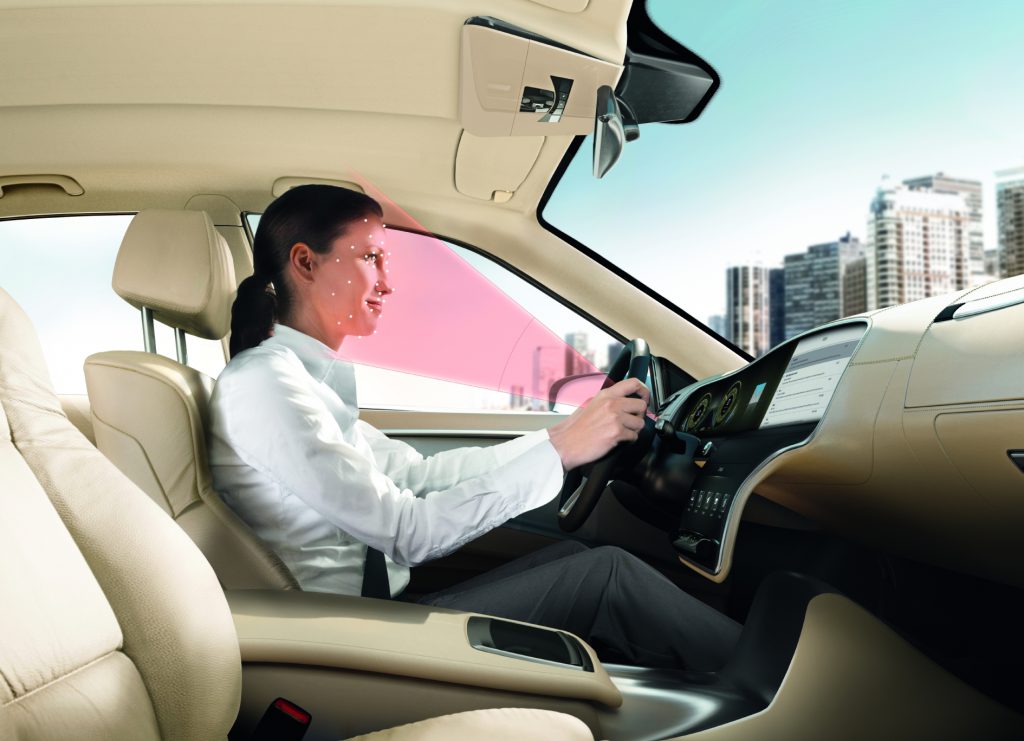
In addition to optical and acoustic channels, the Cruising Chauffeur can also prompt the driver to take over more insistently using seat vibrations. If the person at the wheel still does not react, the Cruising Chauffeur initiates the minimum risk maneuver. This means that the vehicle either automatically drives to the breakdown lane and stops there or – if there is no breakdown lane or if this is blocked – it stops in the lane with the hazard lights on or drives on at a decreasing speed until it finds a suitable place to stop.
“Unfortunately, it is not at all rare that the reason the driver does not react when prompted to take over relates to health problems,” explained Ibro Muharemovic, Head of the Cruising Chauffeur project at Continental. “At present, there is no solution for such situations. Only with automated driving will we be able to help the driver in emergency situations like this.”
Automation with safe architecture and safety manager
A minimum risk maneuver is important not only if the driver fails to respond, but also in the event of a possible technical failure. Potential sensor failures are thus identified by a continuously running monitoring level known as the safety manager. Continental’s subsidiary, Elektrobit (EB), helped build Cruising Chauffeur by delivering the EB tresos safety management solution. EB is providing software solutions for safety-related electronic control units, which was a major building block in developing the Cruising Chauffeur. “This ability to perform a minimum risk maneuver is extremely important for automated driving, as we want to ensure a safe driving situation in all circumstances,” said Muharemovic. “We have now reached an advanced stage of development with the Cruising Chauffeur.”
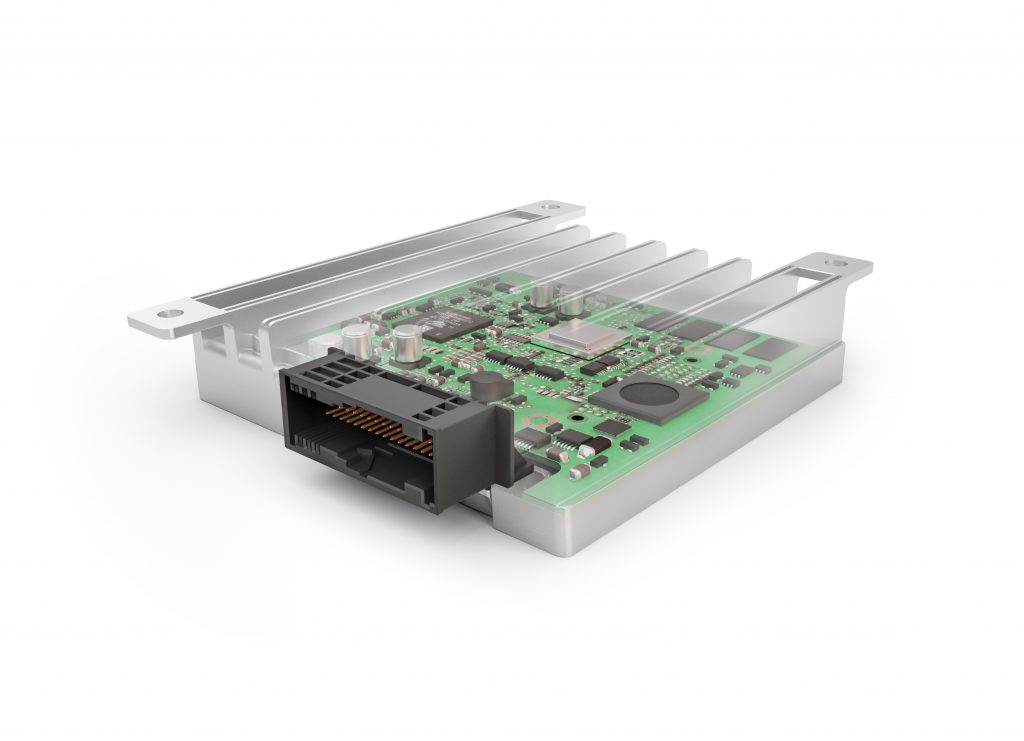
The Cruising Chauffeur is designed redundantly so that it can still perform the task of driving even if individual sensors do not work. In addition to separate networking of different types of sensors, this also includes having a Safety Domain Control Unit (SDCU) as a second automation path besides the ADCU. The SDCU itself also includes an automation solution. So, if automation reaches a control limit or if one type of sensor fails to work for technical reasons, for example, then the minimum risk maneuver kicks in. There is also a fallback mode to the brake system installed in the vehicle and to the steering.
Automated driving will be one of Continental’s key topics at the IAA 2017 in Frankfurt am Main in September (hall 5.1., booth A07/A08).
Contact for journalists
Miriam Baum
External Communications
Chassis & Safety Division
Continental
Phone: +49 69 7603 9510
E-mail: miriam.baum@continental.com
Soeren Pinkow
External Communications
Chassis & Safety Division
Continental
Phone: +49 69 7603 8492
E-mail: soeren.pinkow@continental.com



